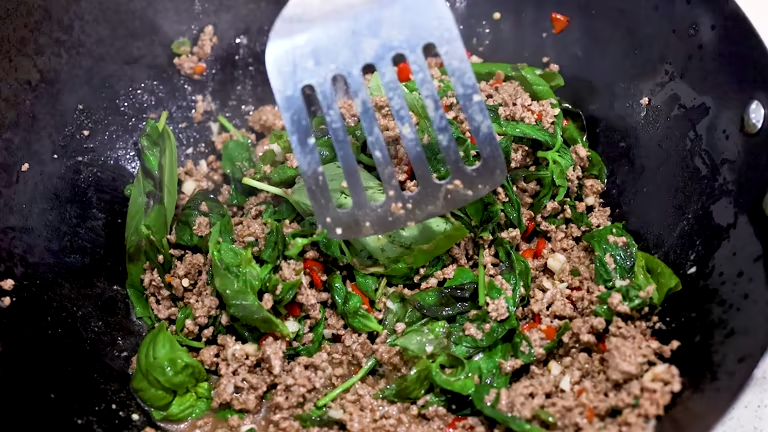Making fruit jelly without gelatin is not only possible but also a delightful way to create a vegetarian or vegan-friendly dessert. Gelatin, derived from animal collagen, is commonly used in traditional jelly recipes to provide that characteristic firm yet wobbly texture. However, for those who avoid animal products or simply want to experiment with plant-based alternatives, agar agar offers an excellent substitute. Extracted from red seaweed, agar agar is a natural gelling agent that sets more firmly than gelatin and works well in various culinary applications.
To make fruit jelly using agar agar, you’ll need just a few simple ingredients: fresh fruit juice or puree of your choice, sugar or another sweetener depending on your taste preference, water if the juice is too concentrated, and powdered agar agar. The process begins by dissolving the agar powder in water-typically about one teaspoon per cup of liquid works well-but this can be adjusted depending on how firm you want your jelly.
Start by combining the fruit juice and sugar in a saucepan over medium heat. Stir occasionally until the sugar fully dissolves and the mixture comes close to boiling. In a separate small pot or bowl, mix the powdered agar with some cold water first to prevent clumping before adding it into the hot fruit mixture. Once combined, bring everything back up to a boil and let it simmer for about two minutes while stirring constantly; this step activates the gelling properties of the agar.
After simmering briefly, pour the mixture into molds or shallow dishes where it will cool down at room temperature before being transferred to the refrigerator for at least an hour. Unlike gelatin jellies which may take longer to set in cold conditions alone, agar sets quickly once cooled below 40°C (104°F), resulting in a firm yet tender texture that holds its shape nicely when sliced.
One great advantage of using agar over gelatin is its stability at room temperature-it doesn’t melt as easily on warm days-making it perfect for outdoor events or buffet tables during summer gatherings. Additionally, since it’s plant-based and free from common allergens like dairy and gluten (if no additives are included), it’s suitable for many dietary restrictions.
You can customize this recipe endlessly by experimenting with different fruits such as mangoes, strawberries, blueberries, or even tropical blends like passionfruit mixed with pineapple juice. Adding small chunks of fresh fruit inside before setting creates delightful bursts of flavor within each bite.
In conclusion, making fruit jelly without gelatin using an Agar Agar Fruit Jelly Recipe is straightforward and rewarding. It opens up possibilities for people following vegan diets while delivering deliciously refreshing desserts that everyone can enjoy guilt-free!


